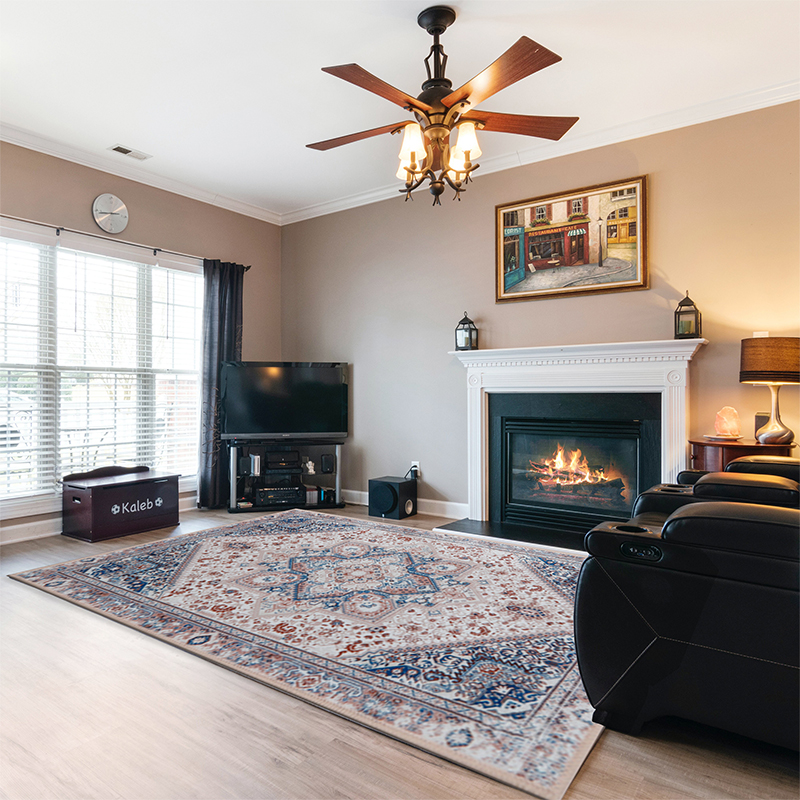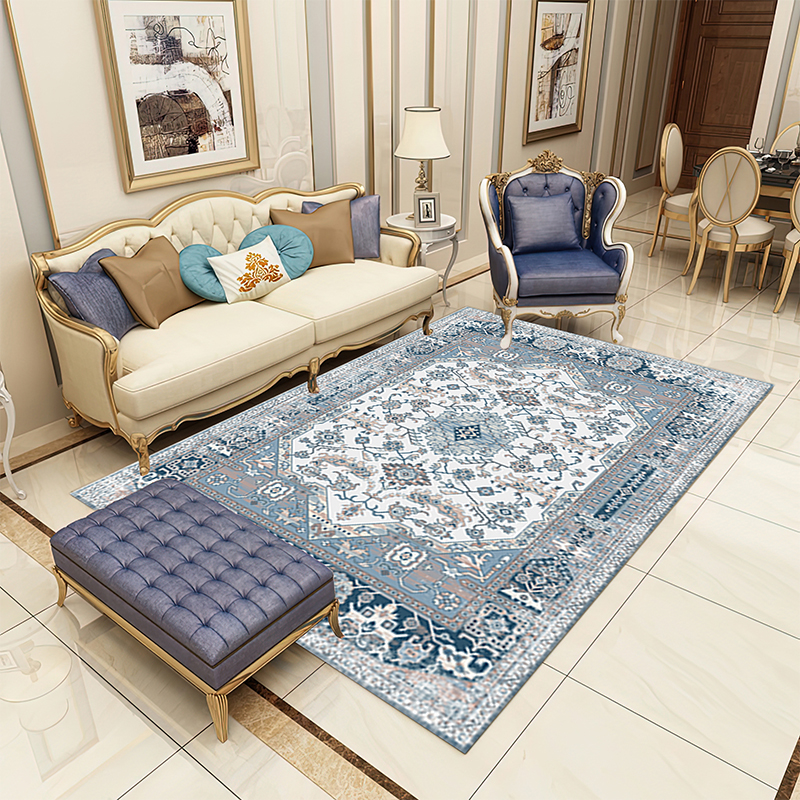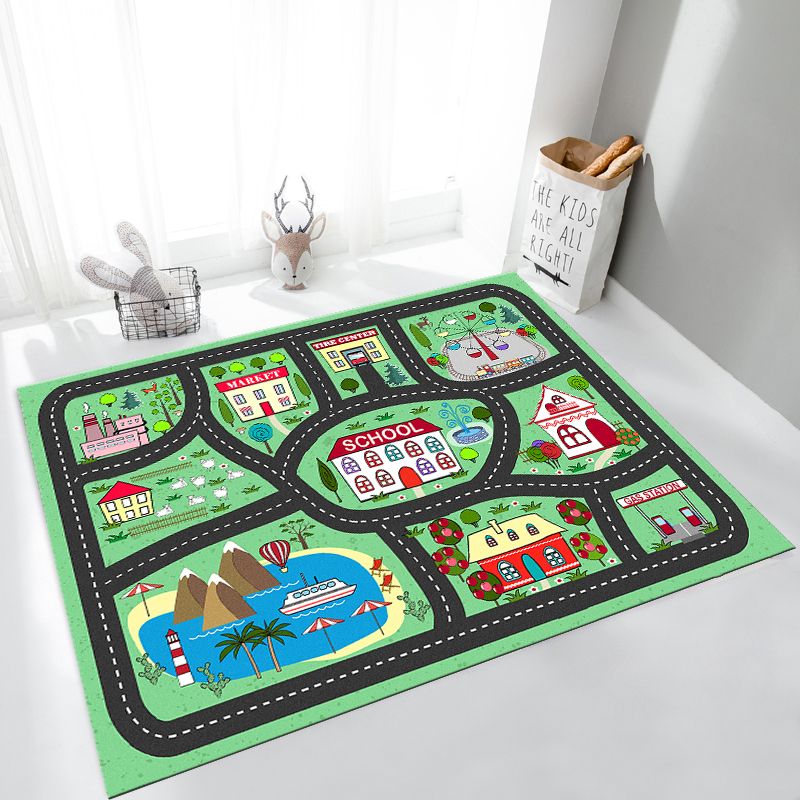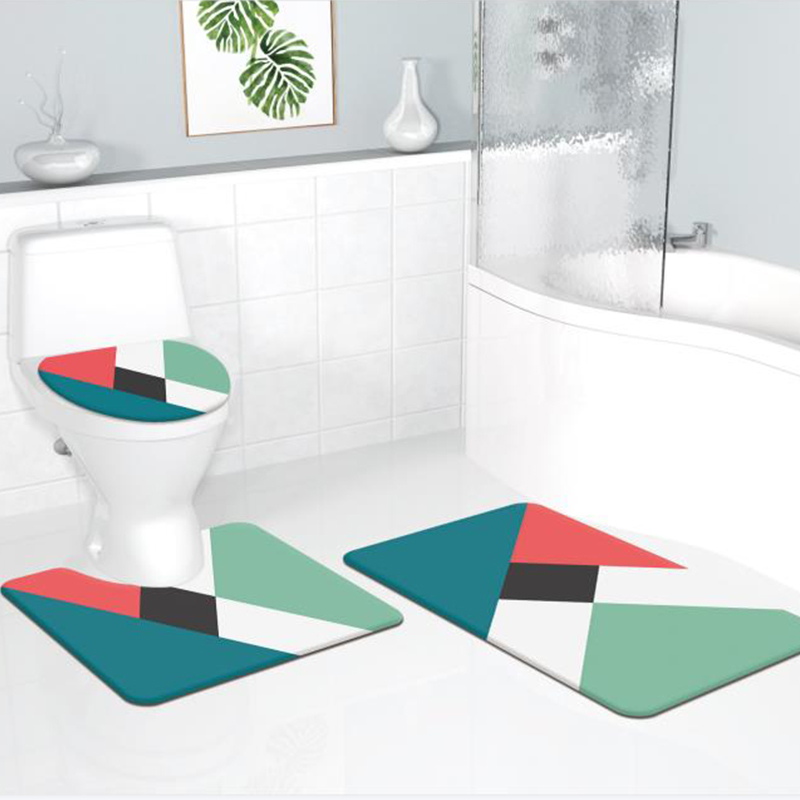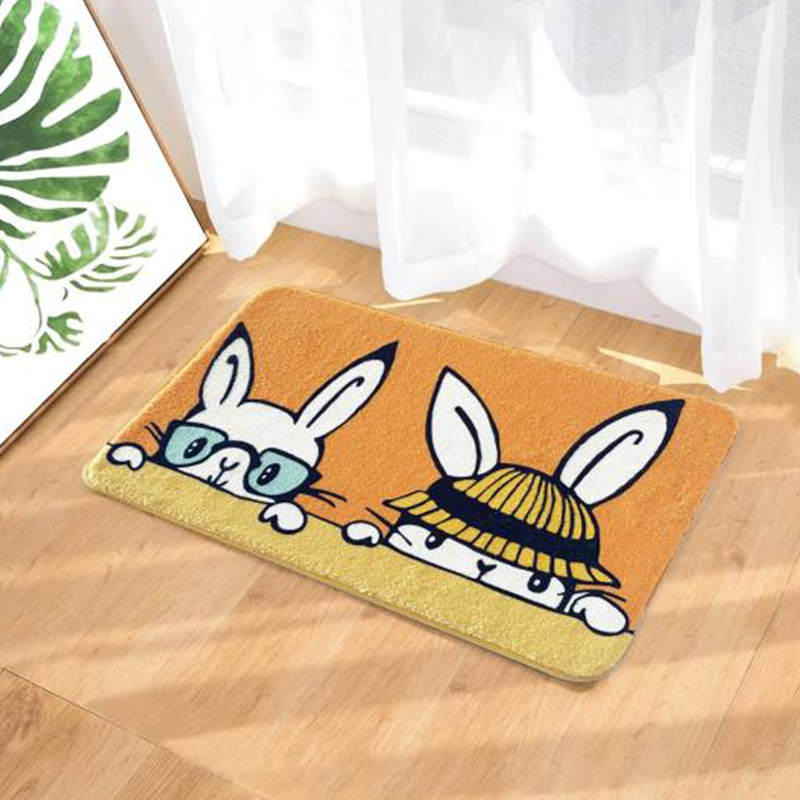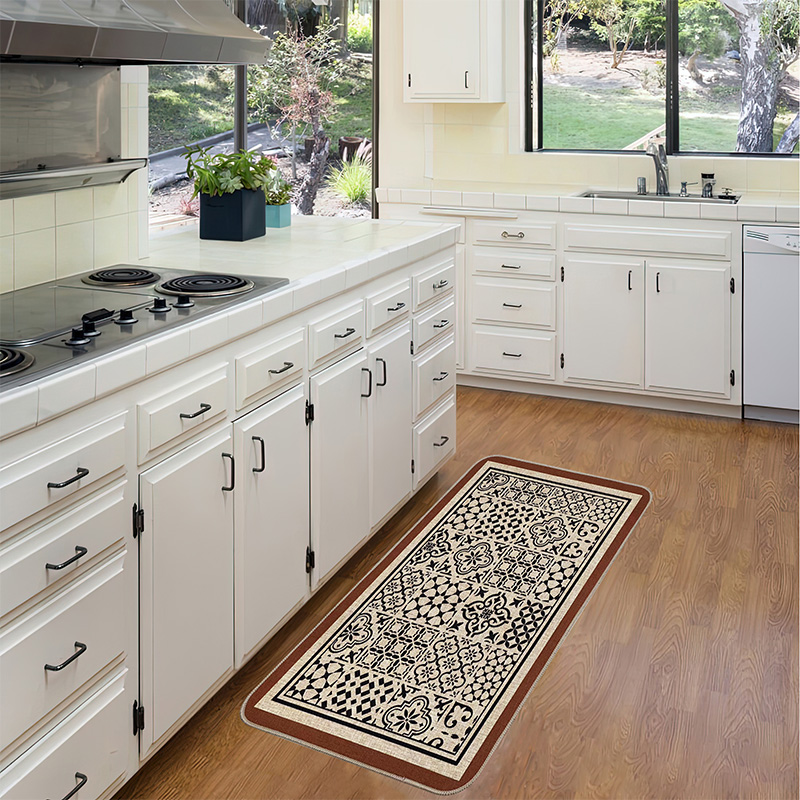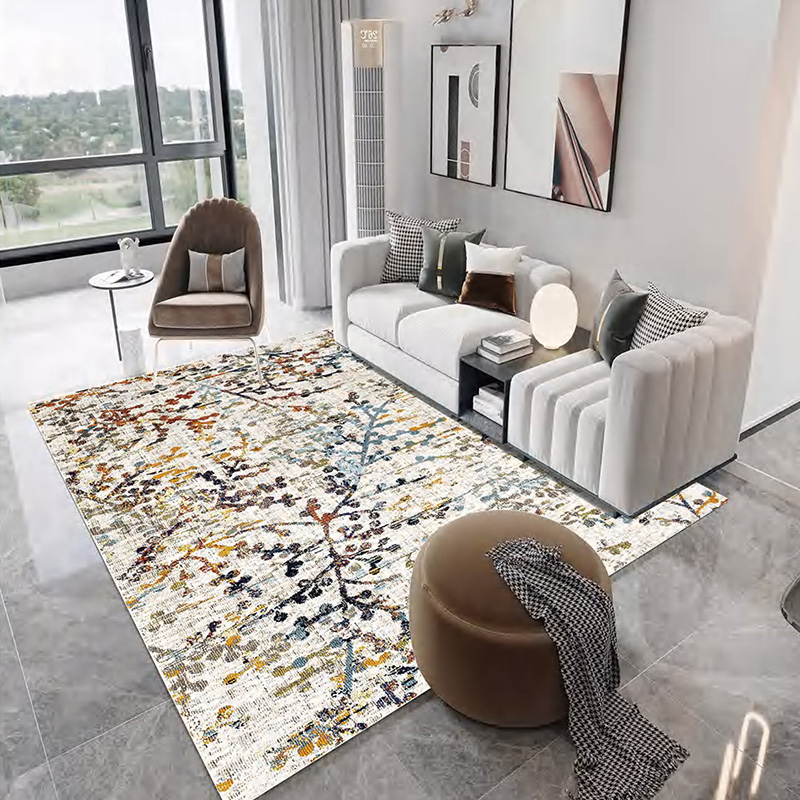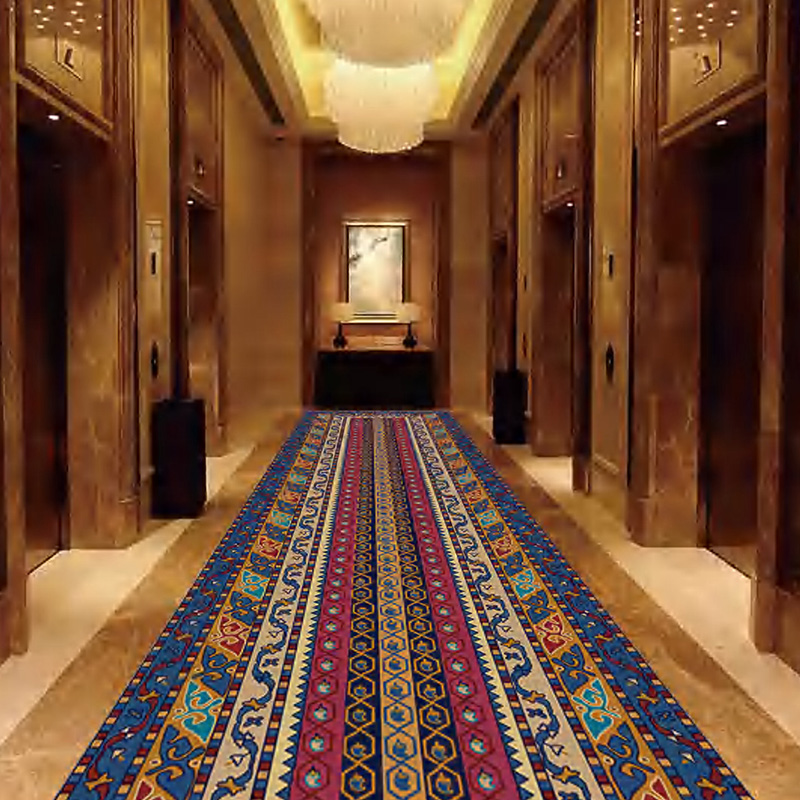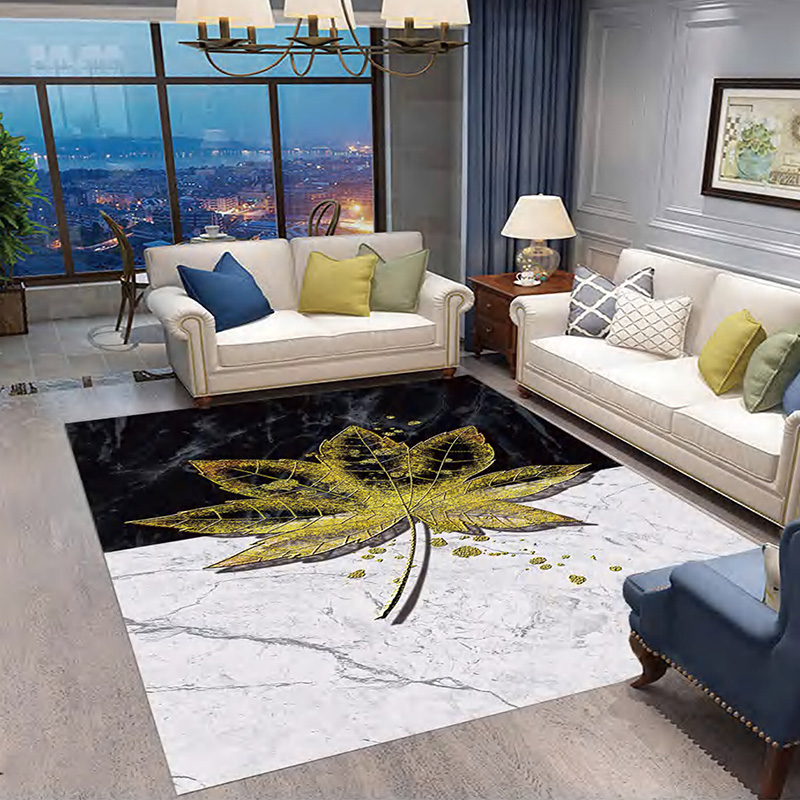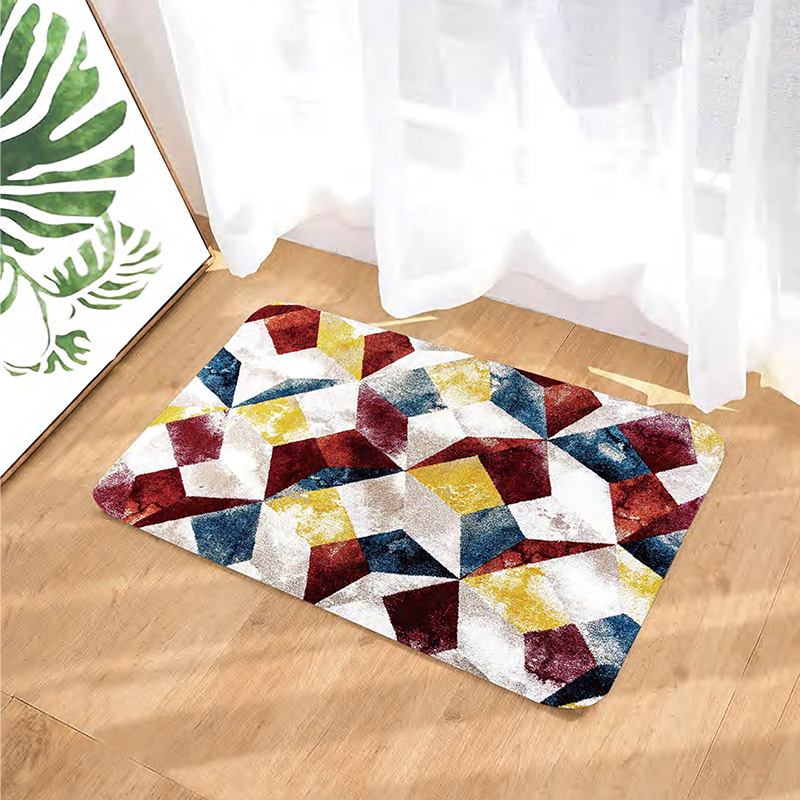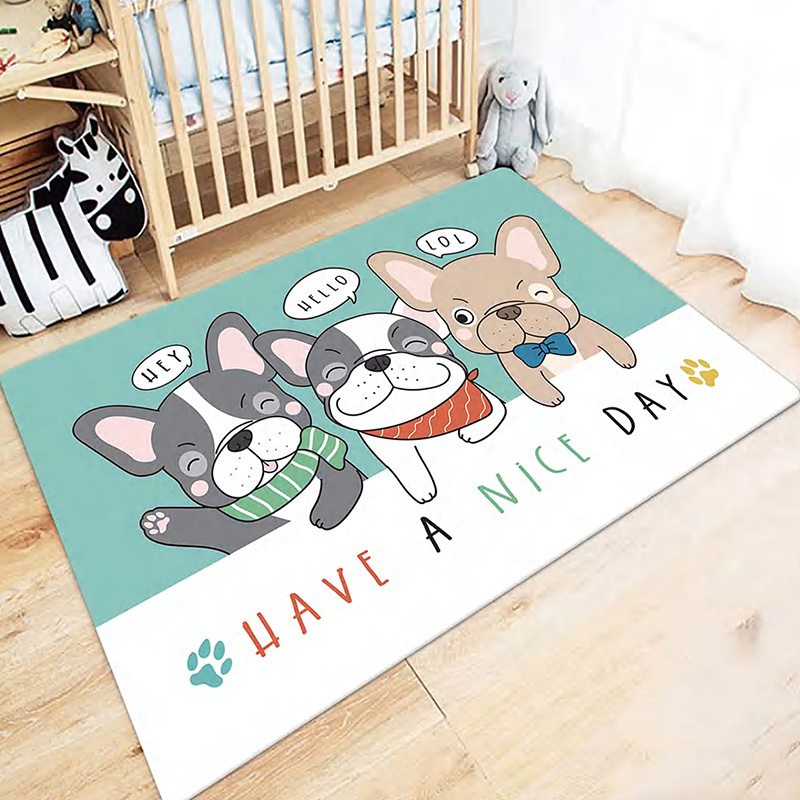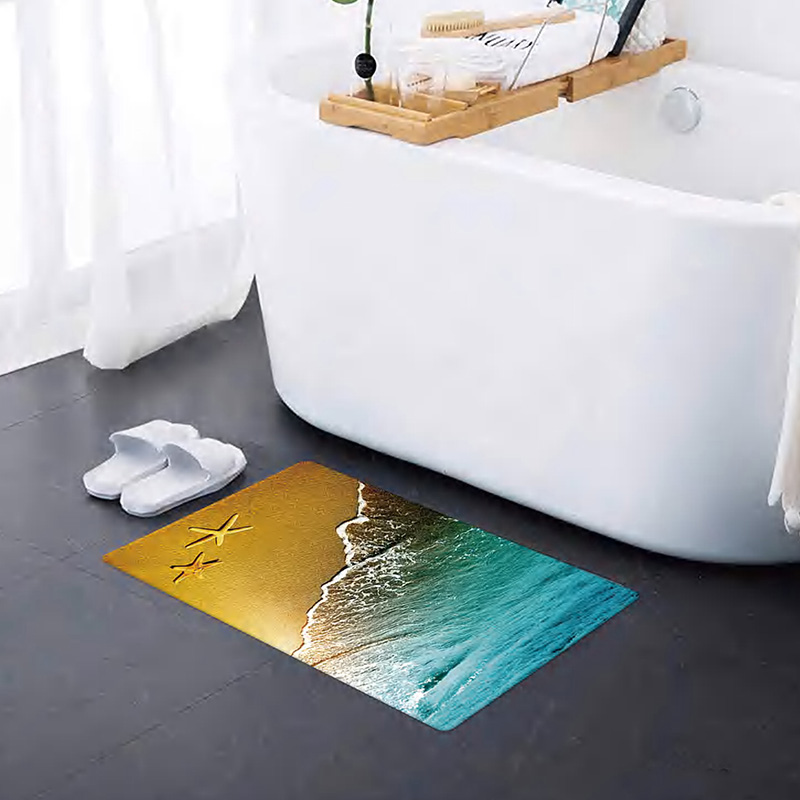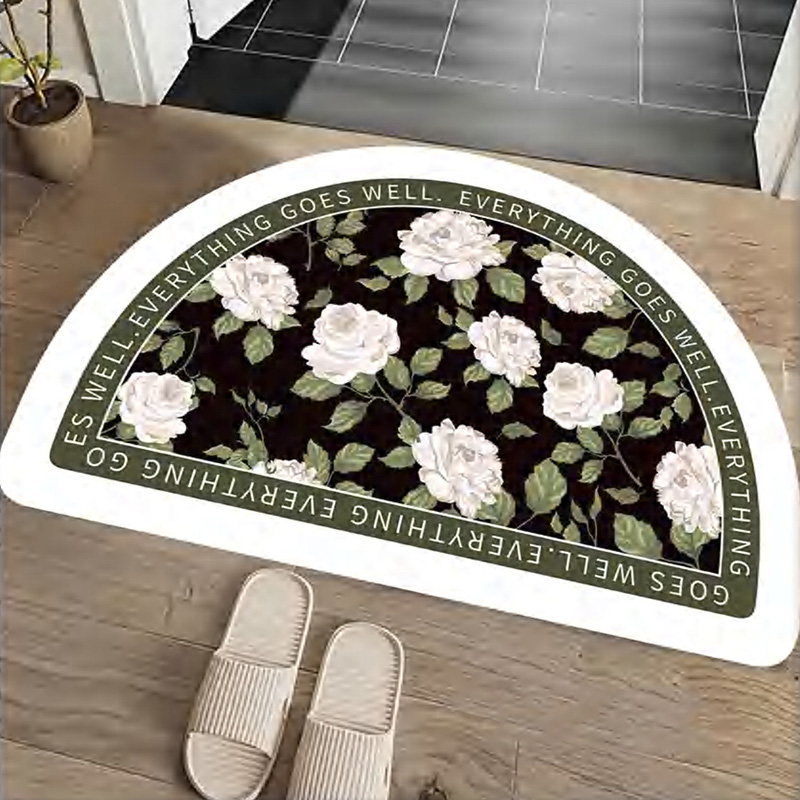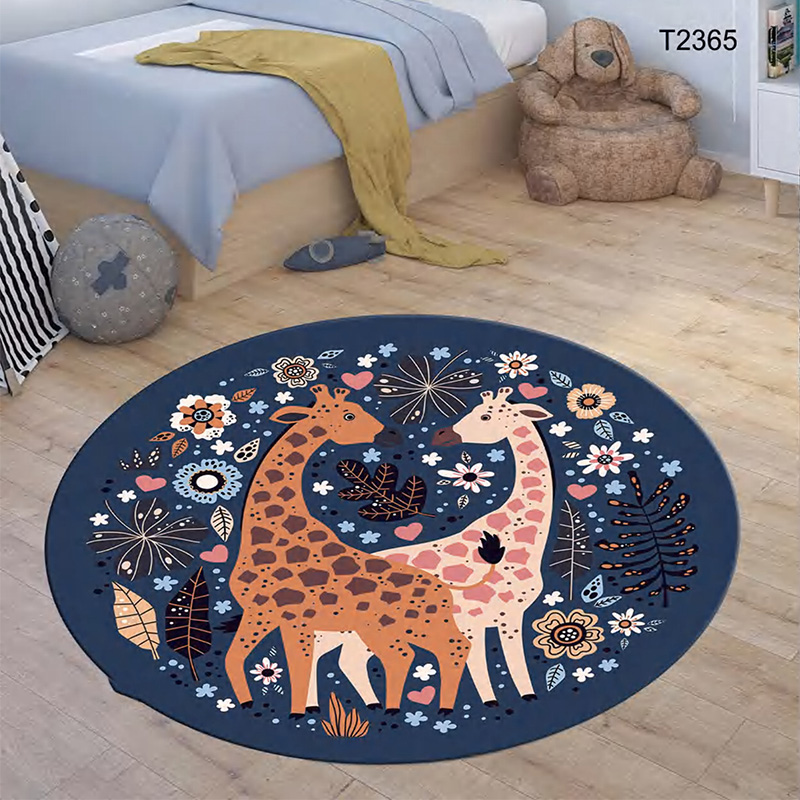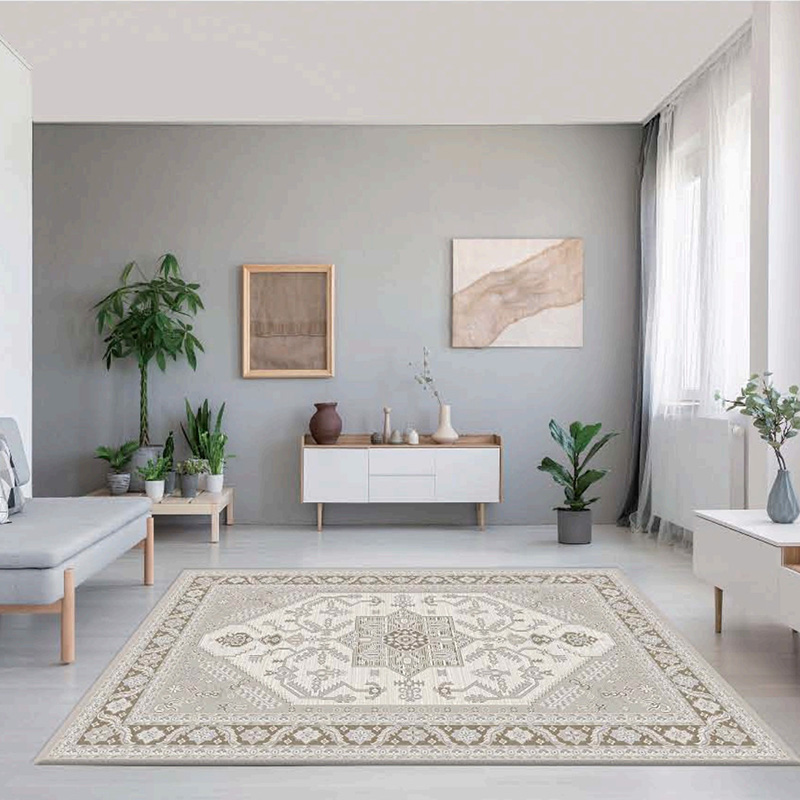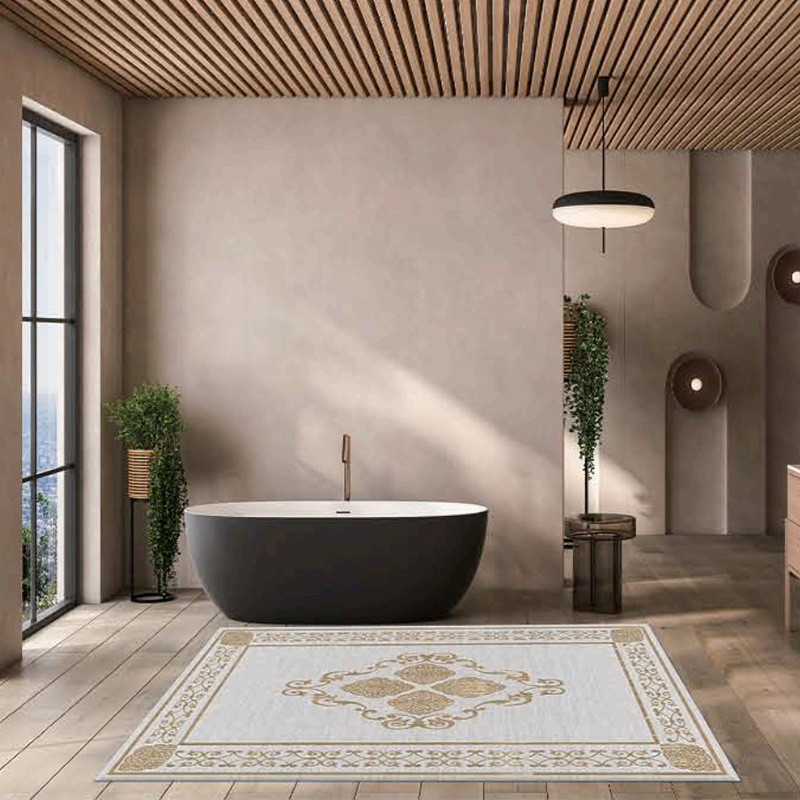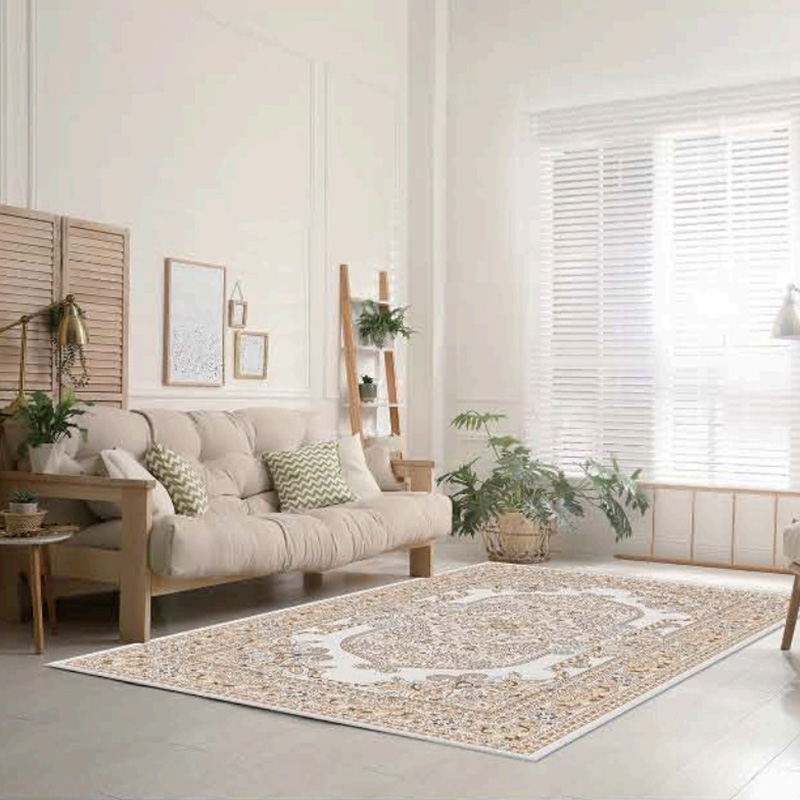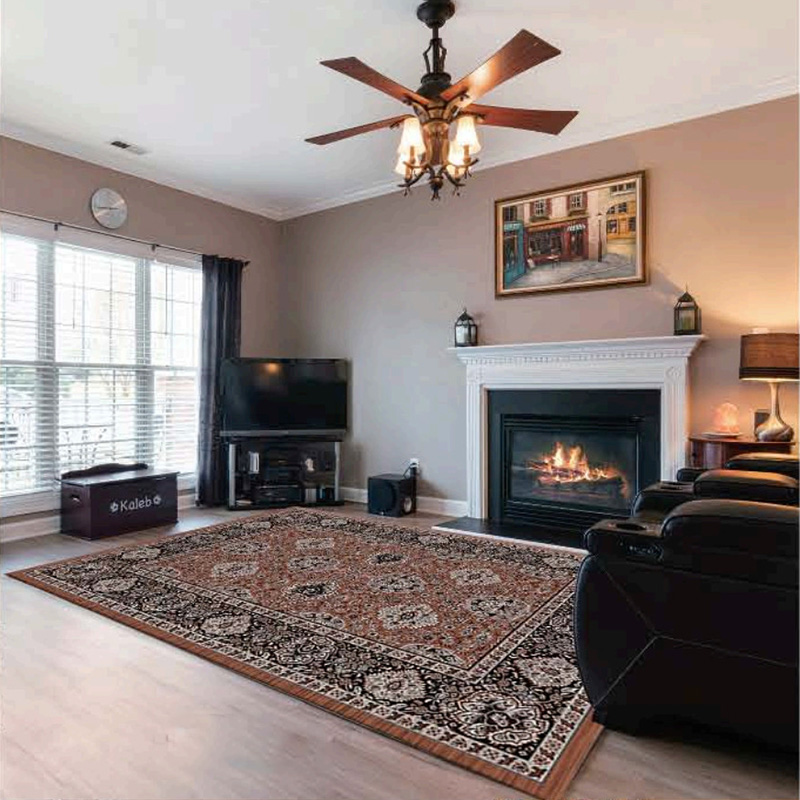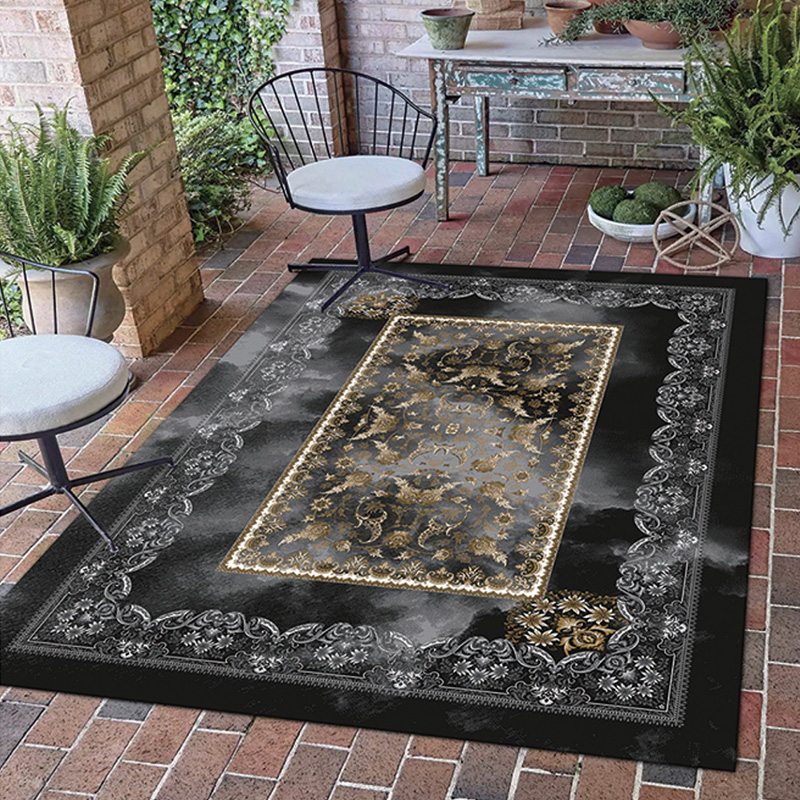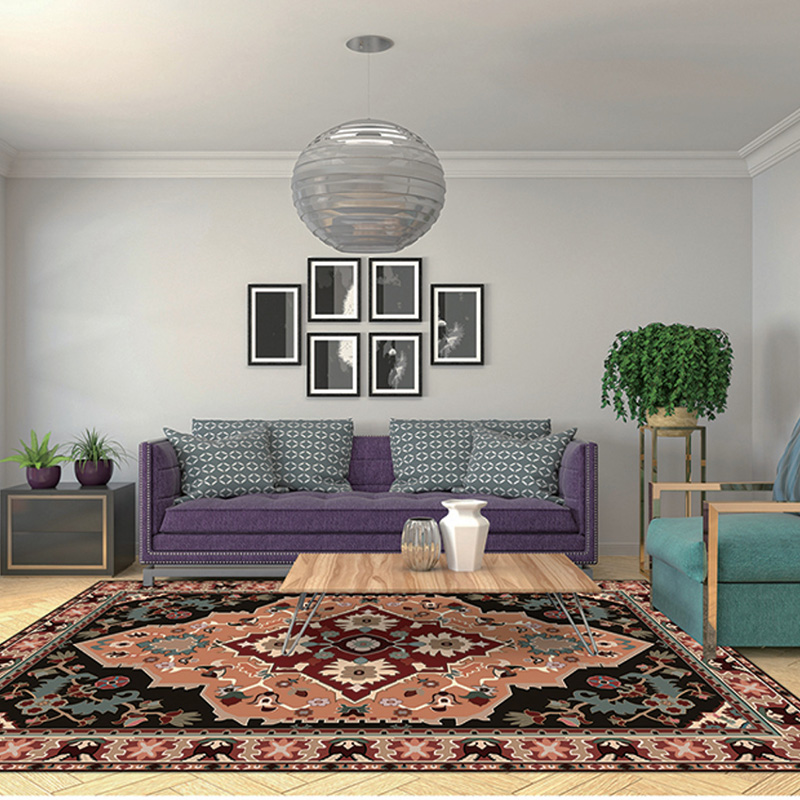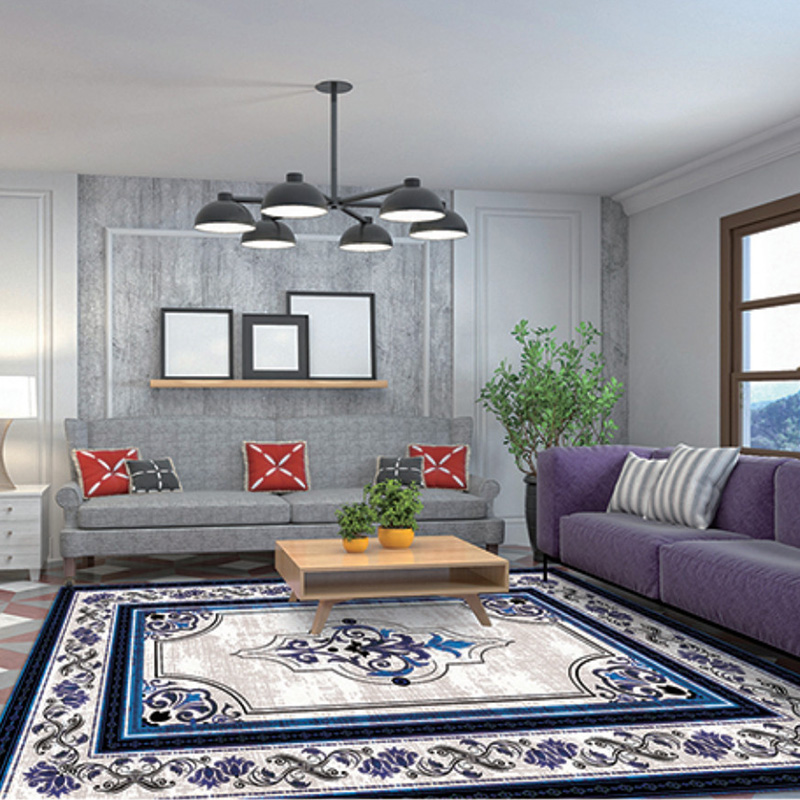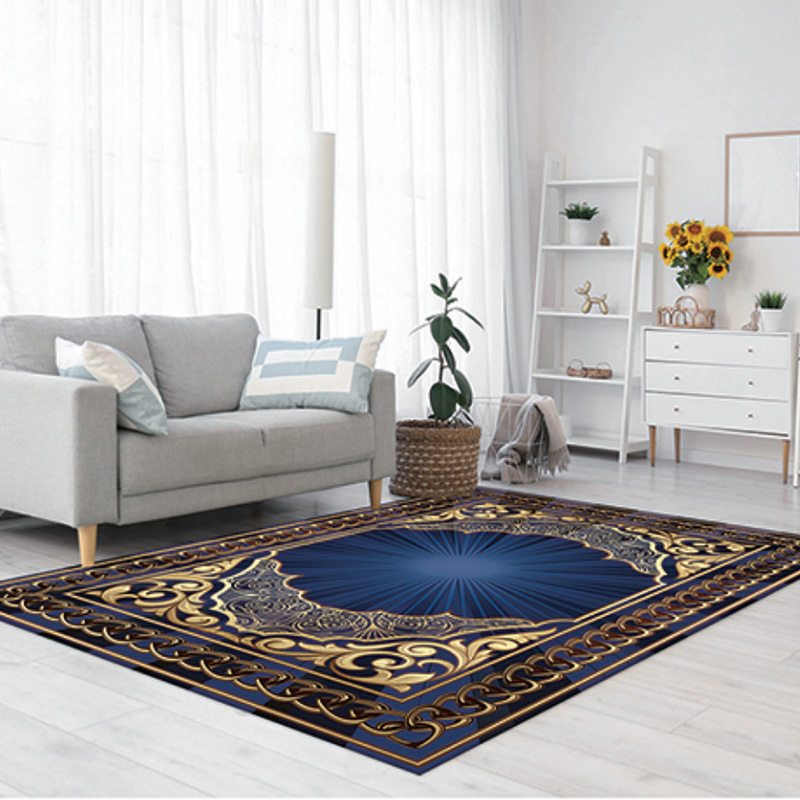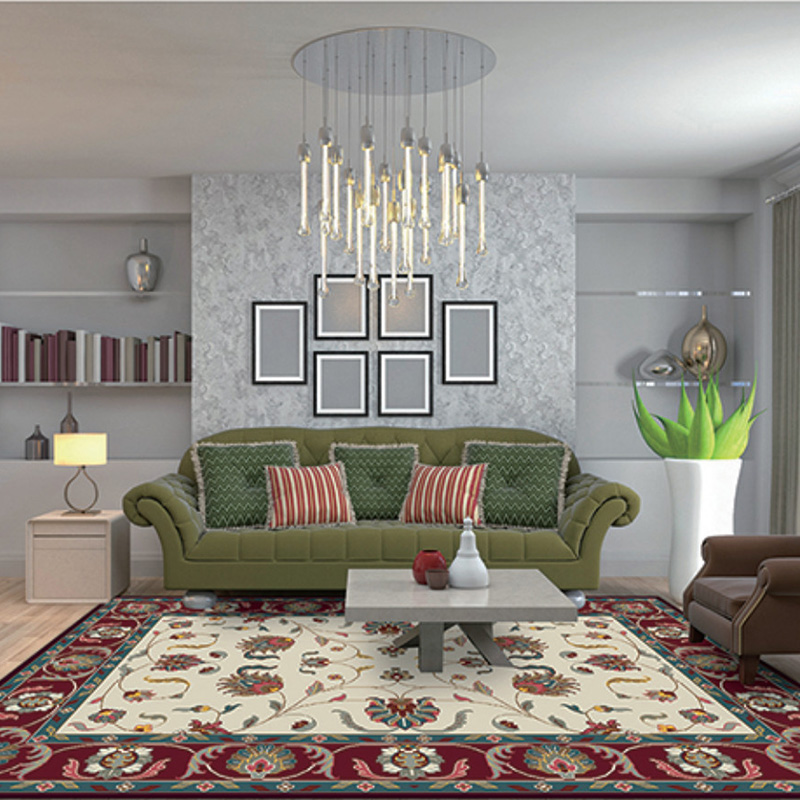In recent years, the bathroom rug market has seen a significant surge in demand for memory foam bathroom rug mats. These innovative mats, combining comfort, durability, and safety features, are how consumers experience their bathroom spaces. As lifestyles evolve and wellness becomes a priority, memory foam bathroom rugs are no longer just decorative accessories but essential elements for enhancing daily routines.
Rising Popularity of Memory Foam Bathroom Rug Mats
Memory foam, originally developed for aerospace applications, is known for its cushioning and pressure-relieving properties. When applied to bathroom rugs, this technology offers users a plush, supportive surface underfoot, which is especially appreciated after long showers or baths. The cushioned feel significantly reduces foot fatigue, making these rugs popular among households with elderly members or people with joint pain.
Industry analysts observe that the growing emphasis on home comfort and self-care has fueled demand for memory foam bathroom rugs globally. In markets such as North America, Europe, and parts of Asia-Pacific, consumers are increasingly opting for these mats to upgrade their bathroom experience. The surge is also driven by the rise of wellness trends and smart home products that prioritize ergonomics and safety.
Key Features Driving Consumer Preference
Memory foam bathroom rug mats distinguish themselves through several characteristics:
Comfort: The viscoelastic nature of memory foam contours to the shape of feet, providing personalized cushioning that traditional rugs cannot match.
Non-Slip Backing: memory foam mats feature an anti-slip bottom layer made from materials such as rubber or latex, enhancing bathroom safety by preventing slips on wet floors.
Quick Drying & Hygienic Materials: Modern memory foam mats are often designed with moisture-wicking fabrics and antimicrobial treatments to resist mold, mildew, and odors — common issues in humid bathroom environments.
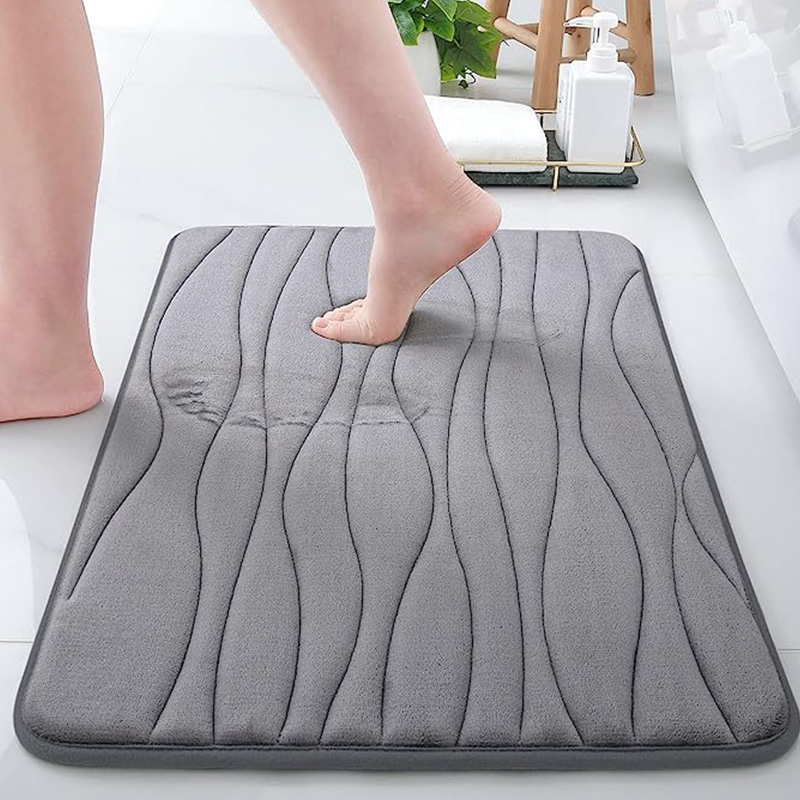
Durability: High-density memory foam retains its shape and support over time, ensuring longevity even with daily use.
Aesthetic Variety: From plush, solid colors to textured and patterned options, memory foam mats can complement any bathroom decor style, offering both functionality and visual appeal.
Innovations and Industry Trends
Manufacturers are continuously innovating to improve memory foam bathroom rug mats. For instance, some companies are integrating cooling gel layers within the foam to enhance breathability and temperature regulation. Others experiment with eco-friendly memory foam made from plant-based materials or recycled components to address sustainability concerns.
The rise of smart textiles is another notable trend. Some mats now incorporate sensors to monitor moisture levels, alerting users when cleaning or drying is needed, thereby prolonging the product’s lifespan and maintaining hygiene.
Customization options are expanding as well. Consumers can order memory foam bathroom rugs tailored to specific dimensions, thicknesses, or even personalized prints, catering to both residential and commercial markets.
Market Growth and Competitive Landscape
The global memory foam bathroom rug mats market is projected to maintain robust growth over the next five years. According to recent industry reports, the market is expected to grow at a compound annual growth rate (CAGR) of around 7-9%, driven by rising consumer awareness of comfort and safety in home environments.
players in the sector include both established home textile brands and specialized memory foam manufacturers. These companies focus heavily on research and development to introduce innovative features and sustainable products. Additionally, the growth of e-commerce platforms has made it easier for consumers worldwide to access a wider range of products, expanding market reach.
Emerging markets, especially in Asia-Pacific and Latin America, are witnessing increasing adoption of memory foam bathroom rugs as rising urbanization and disposable incomes fuel home improvement spending.
Consumer Insights and Buying Tips
For buyers considering memory foam bathroom rug mats, experts recommend paying attention to the following factors:
Density and Thickness: Higher-density foams offer better durability and comfort, while the thickness affects how plush the rug feels.
Backing Material: Non-slip backing is crucial for safety, especially in wet areas.
Material Quality: Look for mats made with breathable, antimicrobial fabrics to prevent bacteria and odor buildup.
Maintenance: Select mats that are machine washable or easy to clean to ensure hygiene.
Size and Fit: Choose dimensions that adequately cover the bathroom floor area without creating trip hazards.

 英语
英语 阿拉伯语
阿拉伯语 德语
德语
